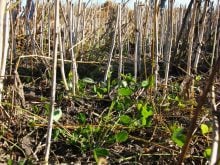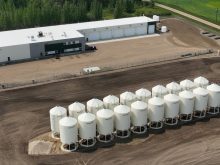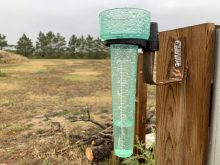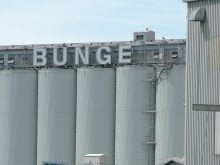Fusarium is a bad influence on feed grain markets for farmers in Manitoba and eastern Saskatchewan.
Not only are prices jerked around by individual and regional fusarium levels, but buyers can shift from one end of the Prairies to the other.
“When the Manitoba farmer has to move it to Lethbridge, he takes a huge hit,” Calgary feed grain broker Doug Chambers of Quality Grain said about the plight of many producers on the eastern Prairies.
Wrenching market shifts hit farmers when they discover fusarium in their feed wheat and barley crops.
Read Also
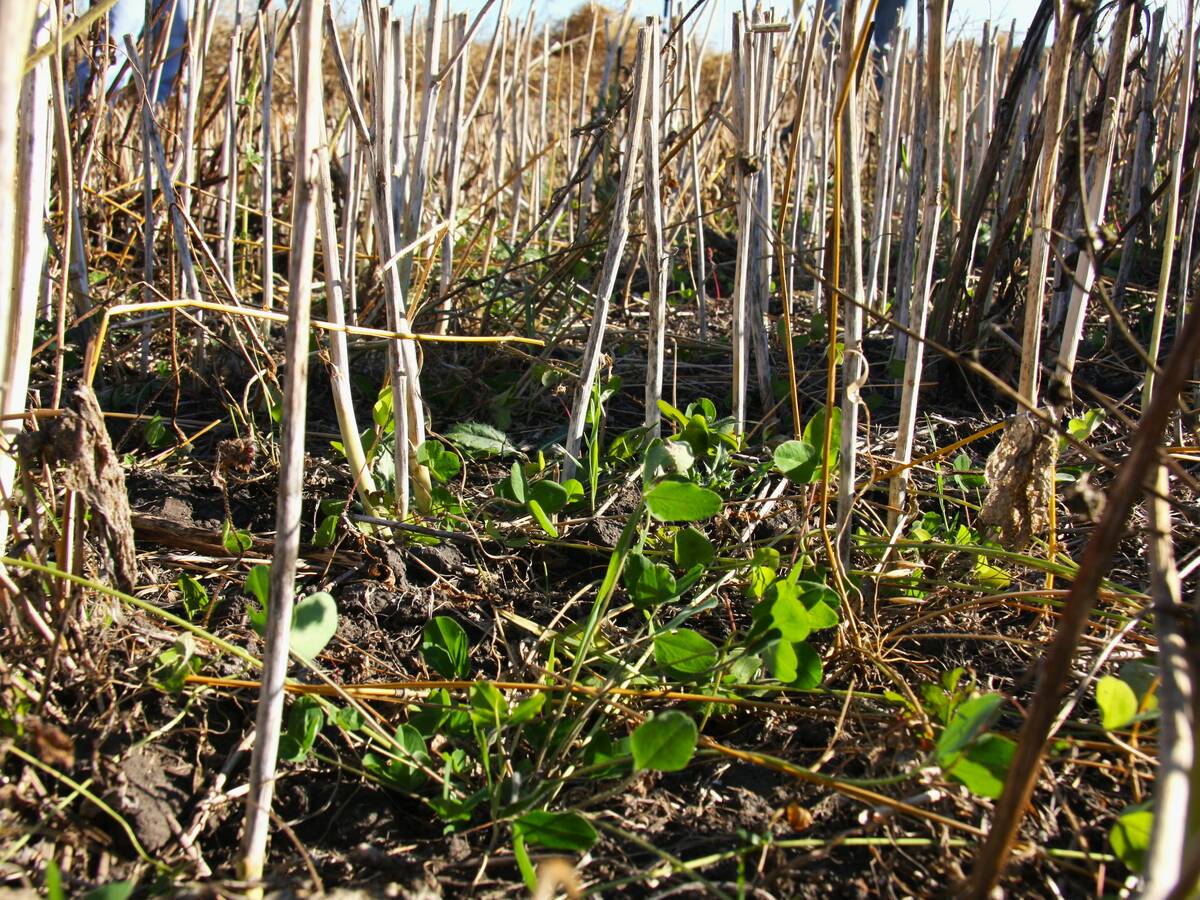
Saskatchewan project sees intercrop, cover crop benefit
An Indigenous-led Living Lab has been researching regenerative techniques is encouraging producers to consider incorporating intercrops and cover crops with their rotations.
The Red River Valley’s hog industry is usually a big consumer of western feed grains, but hogs can accept only half the vomitoxin levels in feed as cattle.
That means when vomitoxin shows up in feed grains on farms in western Manitoba and eastern Saskatchewan, their market suddenly shifts to the cattle feedlots of southern Alberta or other prairie cattle feeders.
Two years ago, when fusarium was a big problem in Manitoba, the picked-up price for low-vomitoxin barley in Brandon was about $3.50 per bushel for grain heading to the Red River Valley. The same grain sold to Lethbridge brought only $2.50 per bu. picked up at Brandon.
Farmers with too much fusarium were stuck selling to Alberta buyers for $1 per bu. less than their regional market would bring.
“When the vomitoxin issue is big, the price spread is big,” Chambers said.
There is now only about a 40 cent per bu. difference for picked up Brandon barley between Red River Valley and Lethbridge buyers.
However, Chambers said that isn’t good because the spread has narrowed due to a slump in the Manitoba feed grain market.
The Red River Valley’s feed grain price is low because farmers harvested a large, low-vomitoxin crop and the slumping hog industry is using much less feed.
That means it is becoming more common for western Manitoba farmers to ship feed grains to Lethbridge.
“What I call the Great Feed Grain Divide is usually somewhere near Moose Jaw, (Sask.),” Chambers said.
“This year it’s along the Saskatchewan-Manitoba border.”



